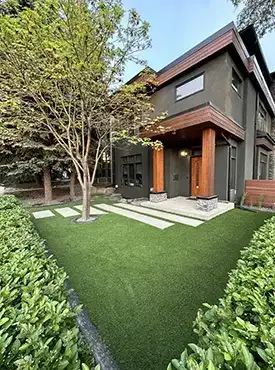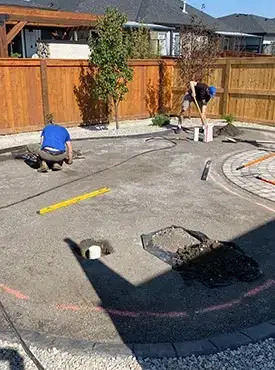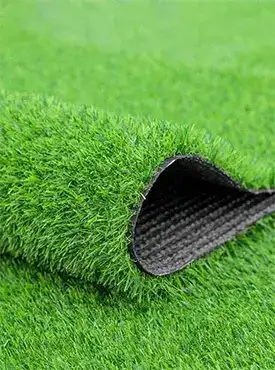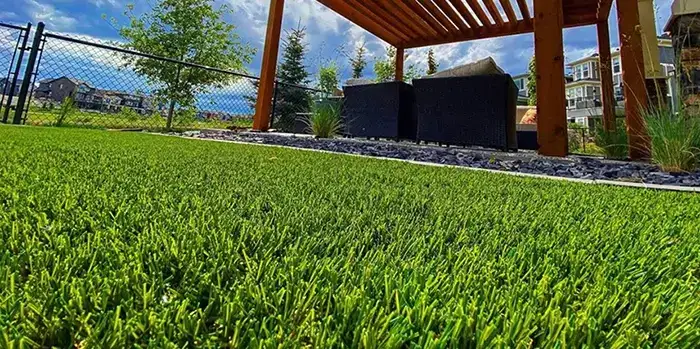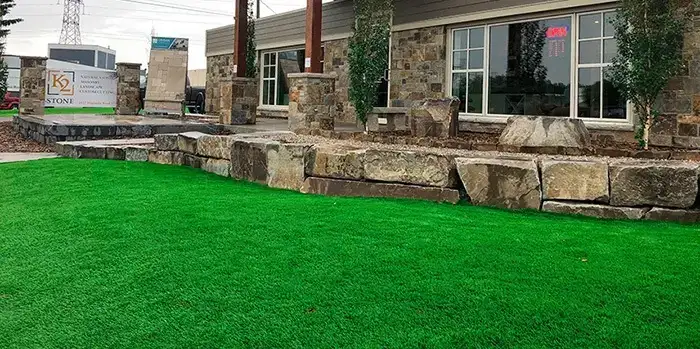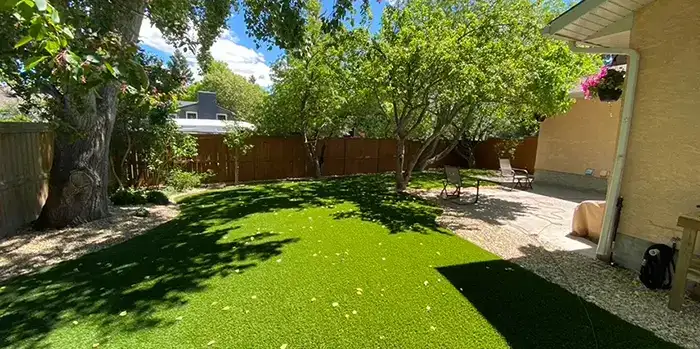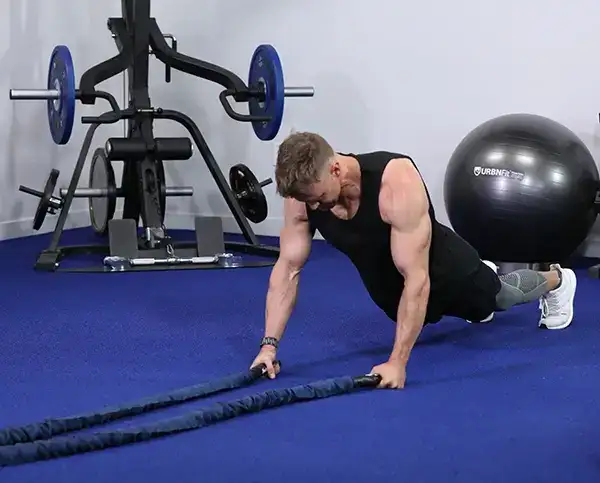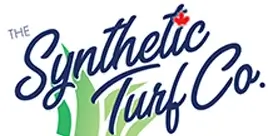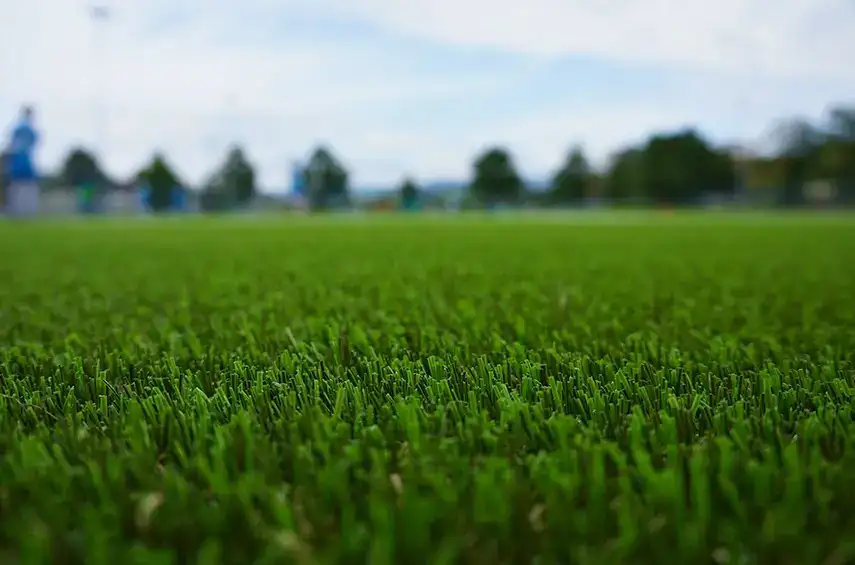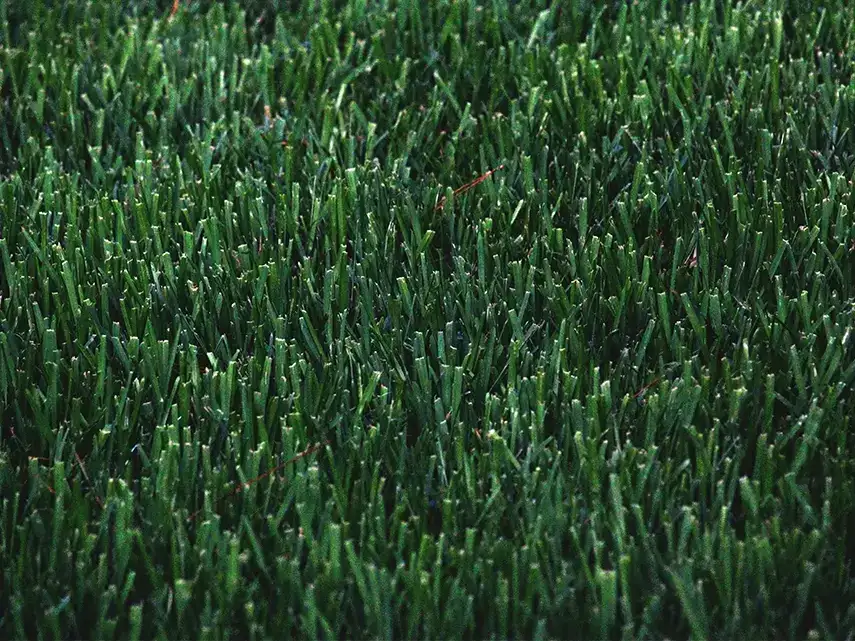A Clean Sweep: The Role of Antimicrobial Infill in Synthetic Lawn Maintenance
Posted by The Synthetic Turf Co. Calgary on 1st Jul 2024
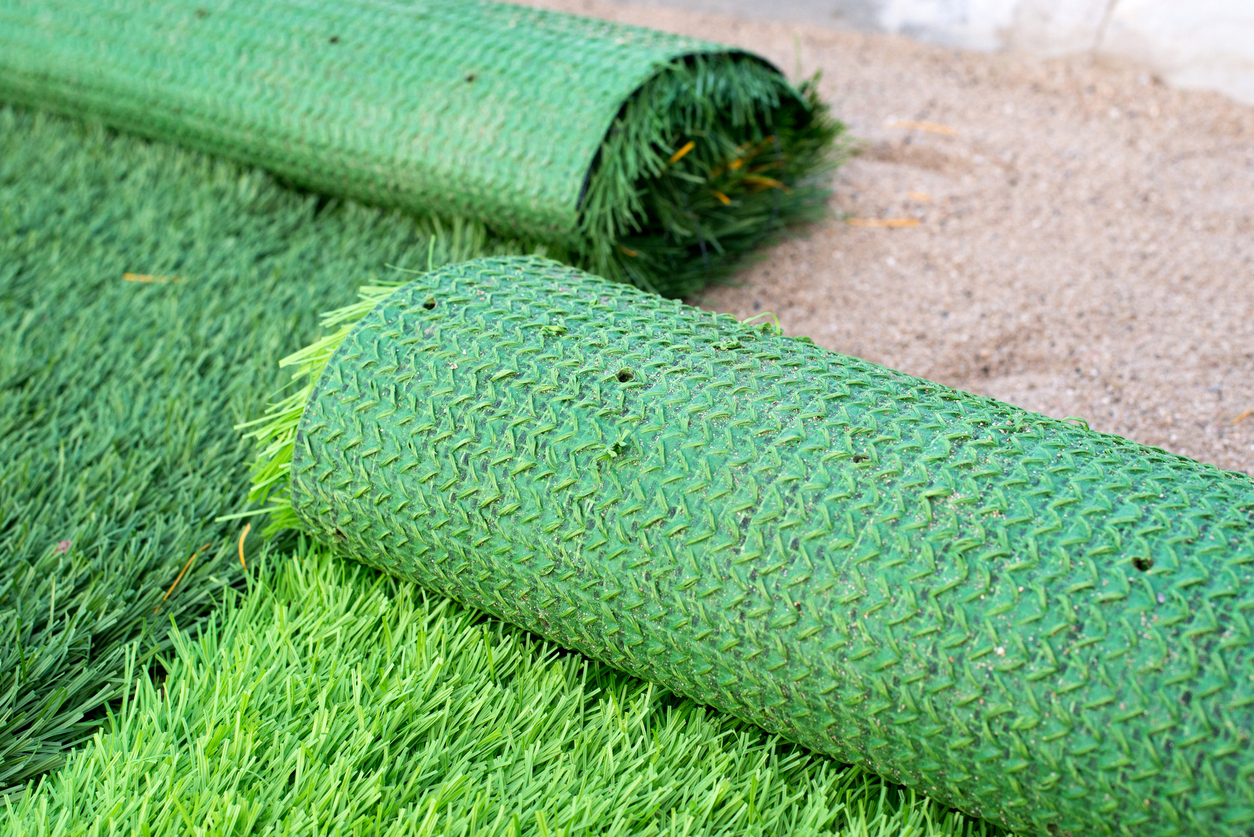
Synthetic lawns have become increasingly popular due to their low maintenance requirements and year-round green appeal. However, maintaining the pristine look and longevity of your synthetic lawn involves more than just installation. A critical aspect of synthetic lawn maintenance is the use of antimicrobial infill. This blog delves into the significance of antimicrobial infill in your maintenance routine, highlighting its role in enhancing both the lifespan and aesthetic appeal of your lawn. To explore our synthetic lawn maintenance options, call us today!
What is Antimicrobial Infill?
Antimicrobial infill is a specially treated material used in synthetic lawns to inhibit the growth of bacteria, mould, and mildew. Unlike regular infill materials, antimicrobial infill is designed to create a cleaner, healthier environment. It is typically made from sand, rubber, or other materials that are coated with an antimicrobial agent. This treatment helps in reducing odours and preventing the buildup of harmful microbes.
Enhancing Lawn Hygiene
One of the primary benefits of antimicrobial infill is its ability to enhance the hygiene of your synthetic lawn. Synthetic lawns, especially in high-traffic areas, can become breeding grounds for bacteria and fungi. According to a study by the International Journal of Environmental Research and Public Health, synthetic turf can harbour 10 times more bacteria than natural grass. This is particularly true if you have pets or if your lawn is used for sports and other physical activities. Antimicrobial infill actively works to reduce microbial growth, thereby maintaining a safer, cleaner surface. This is essential for preventing unpleasant odours and ensuring that your lawn remains a welcoming space for family and friends.

Prolonging Lawn Longevity
The longevity of your artificial grass significantly depends on your synthetic lawn maintenance routine. Antimicrobial infill contributes to this by protecting the lawn from the damaging effects of microbial activity. Bacteria and fungi can degrade the materials used in synthetic lawns, leading to wear and tear over time. By using antimicrobial infill, you can mitigate this degradation, thus prolonging the life of your lawn. Research indicates that synthetic lawns with antimicrobial infill have a lifespan that is extended by up to 25% compared to those without it. This not only saves you money in the long run but also ensures that your lawn remains lush and green for many years.
Aesthetic Appeal
A synthetic lawn's aesthetic appeal is one of its most significant selling points. Antimicrobial infill plays a crucial role in maintaining this appeal. Regular infill can become compacted and dirty, affecting the appearance of your lawn. Antimicrobial infill, however, resists compaction and stays cleaner for longer periods. This means your lawn will look more vibrant and well-maintained without requiring constant grooming. Additionally, the prevention of microbial growth helps in avoiding discolouration and unpleasant odours, further enhancing the overall look of your lawn.
Simplified Maintenance
Synthetic lawn maintenance is generally easier compared to natural grass, but it still requires some effort. Incorporating antimicrobial infill into your maintenance routine simplifies the process. It reduces the need for frequent deep cleaning and helps maintain the lawn’s quality with minimal intervention. A survey by the Synthetic Turf Council found that homeowners who use antimicrobial infill report spending 30% less time on lawn maintenance. Regularly brushing the lawn to keep the infill evenly distributed and occasional rinsing are often sufficient to keep it looking its best. This makes it an ideal choice for busy homeowners who want a beautiful lawn without the hassle of extensive upkeep.
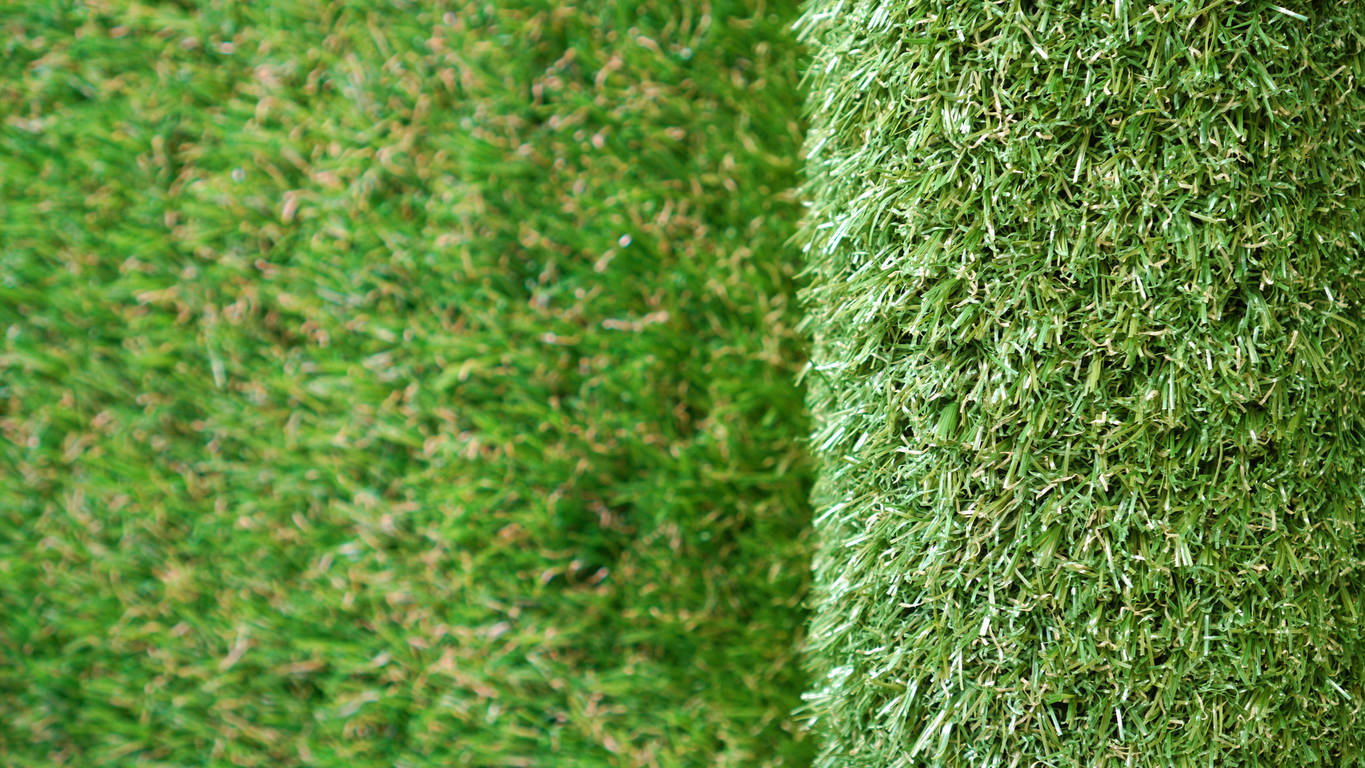
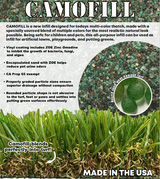

Environmental Considerations
While synthetic lawns are often marketed as environmentally friendly alternatives to natural grass due to their water-saving benefits, it’s important to consider the environmental impact of the materials used. Antimicrobial infill can contribute to this positive impact. By reducing the need for chemical treatments to control bacteria and fungi, antimicrobial infill supports an eco-friendlier synthetic lawn maintenance approach. Additionally, some antimicrobial infills are made from recycled materials, further enhancing their environmental credentials.
The Smart Choice for Synthetic Lawn Maintenance
Incorporating antimicrobial infill into your synthetic lawn maintenance routine is a smart choice for several reasons. It enhances lawn hygiene, prolongs longevity, maintains aesthetic appeal, simplifies maintenance, and supports environmental sustainability. By investing in antimicrobial infill, you ensure that your synthetic lawn remains a beautiful, safe, and cost-effective alternative to natural grass. Whether you’re looking to install a new synthetic lawn or upgrade your existing one, considering the benefits of antimicrobial infill is essential for long-term satisfaction.
By understanding the importance of antimicrobial infill, you can take proactive steps in your synthetic lawn maintenance routine, ensuring your lawn remains a lush, green oasis year-round. Call The Synthetic Turf Co. today for everything synthetic turf!
